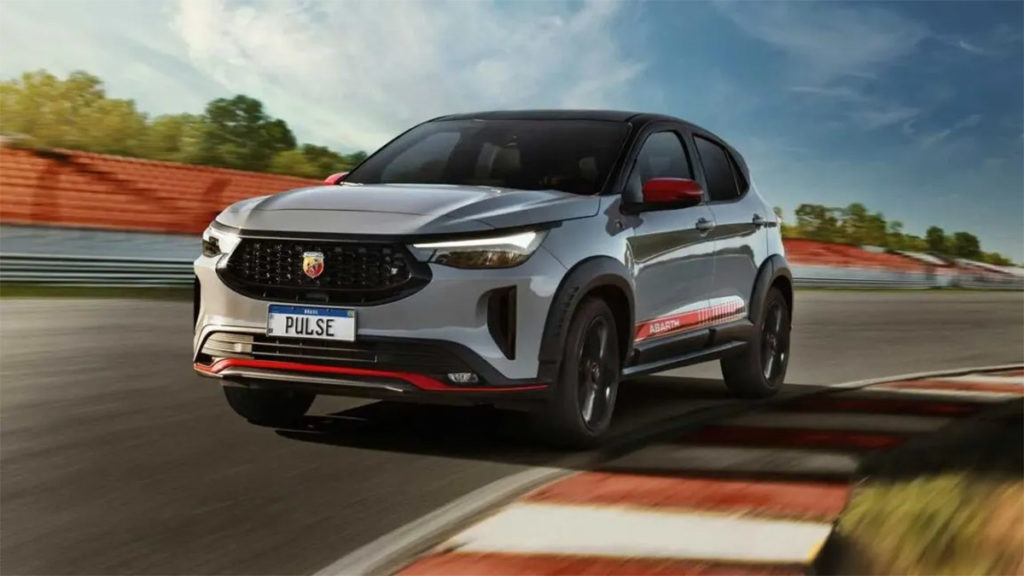
The Pulse 2024 is the new model from the Turin-based brand Abarth. This sporty SUV causes a sensation on the Brazilian car marketwhere it is sold exclusively.
Based on the Fiat Pulse, the SUV proudly sports the Scorpion. It appears on the hood, grille and fenders, giving the vehicle a very assertive identity. The bodywork is also sportier, notably on the front and rear bumpers.
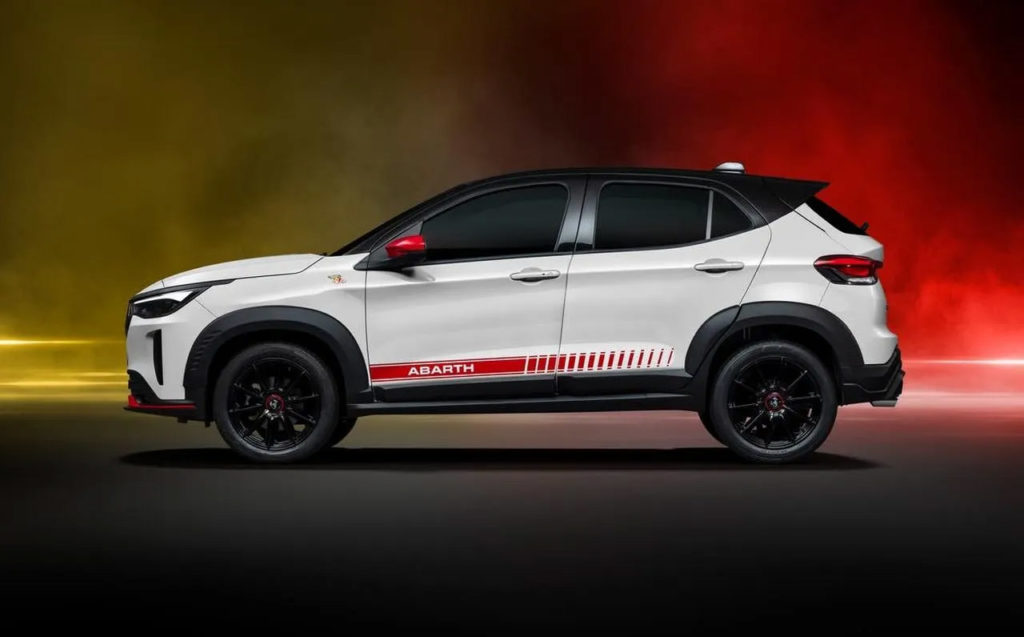
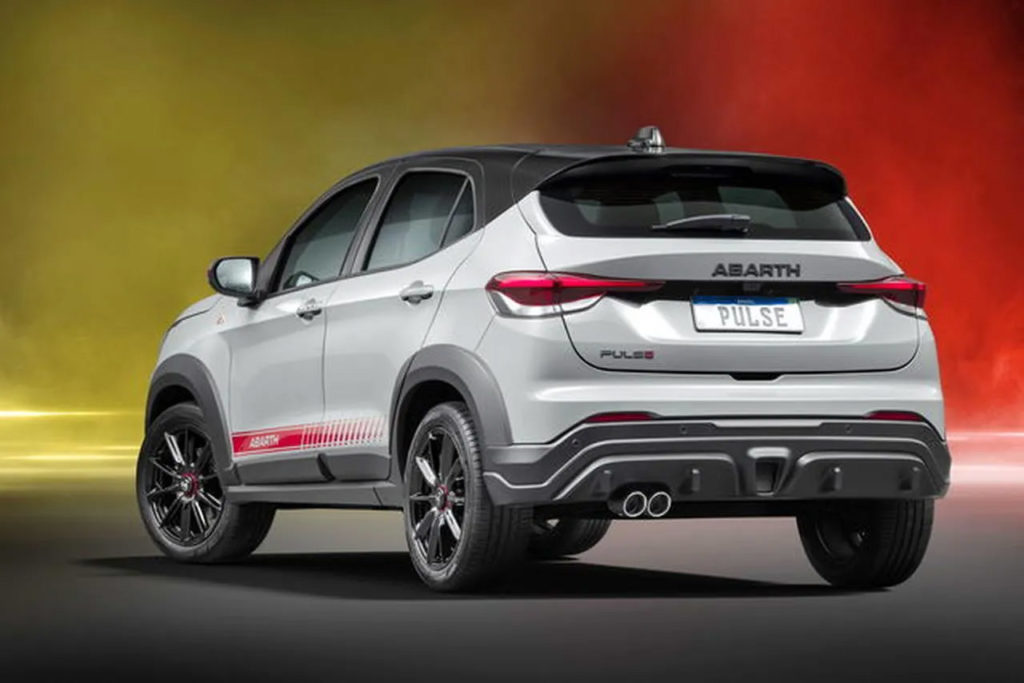
The interior is sporty in design, with black leather and red stitching. Add to this some more elegant elements in gloss black paint.
It also boasts the full range of technology expected on this type of vehicle. These include autonomous emergency braking, automatic headlamp activation, infotainment system with 10.1-inch touchscreen, Fiat///Me Connect system, remote start and digital automatic climate control.
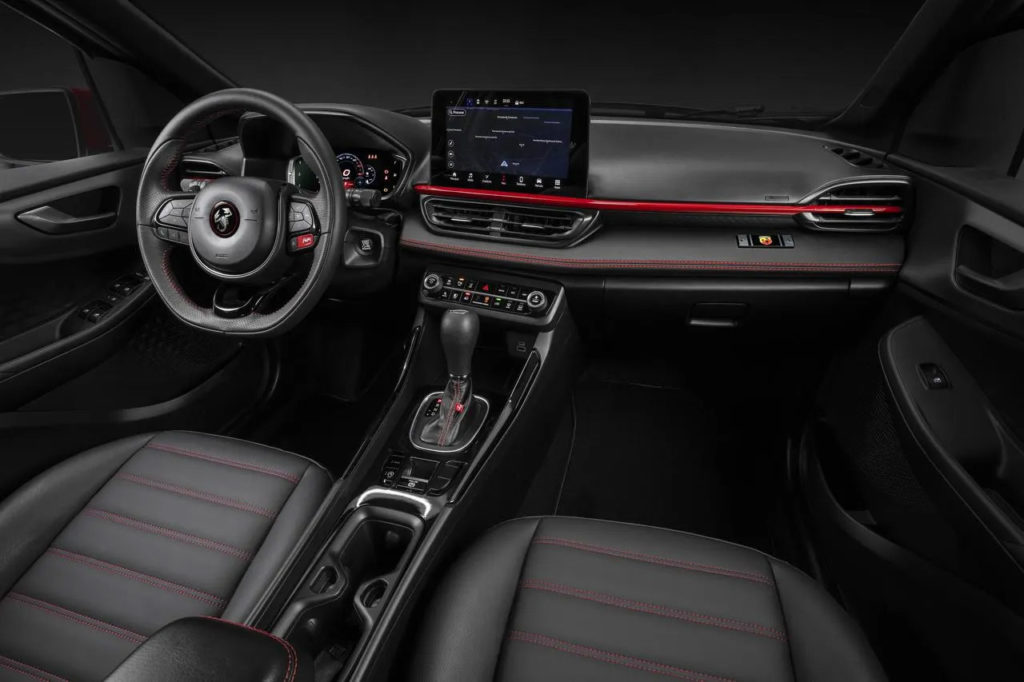
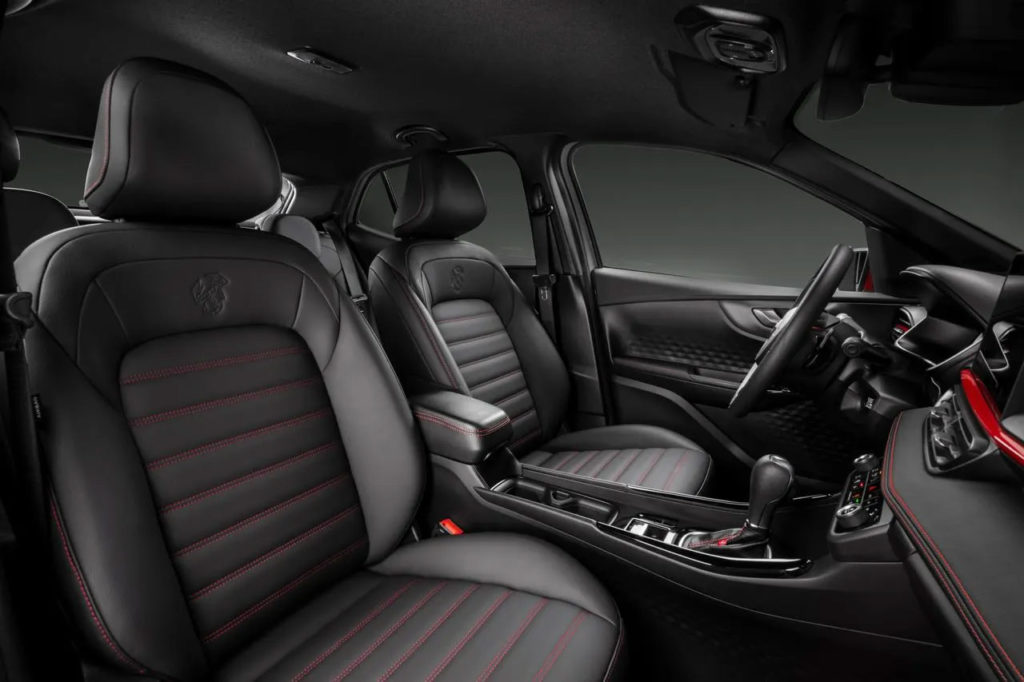
Under the hood, the Pulse 2024 hides a 1.3-liter T270 turbo-flex engine (known as FireFly in Europe), which delivers 180 HP with gasoline or 185 CV with ethanol. It also offers a maximum torque of 270 Nm. The engine is mated to a 6-speed automatic gearbox. The SUV boasts good performance figures: 0 to 100 km/h in 7.6 seconds and a top speed of 215 km/h.
The Pulse 2024 stands out for its imposing dimensions. It measures 4110 mm in length, 1980 mm width, 1540 mm and a wheelbase of 2530 mm. The trunk offers a capacity of 370 liters while the reservoir can hold up to 47 liters of fuel.
The price of the Pulse 2024 has remained unchanged since its launch at the end of 2022: it amounts to 149,990 R$ (€27,740.65).
Unfortunately, Europeans won't be able to enjoy this sporty little SUV, reserved for the Brazilian market. This is part of Abarth's commercial strategy to strengthen its presence in this country, where demand for this type of vehicle is strong.
It's a pity, because the Pulse 2024 could undoubtedly have been a great success in Europe, where the Turin-based brand enjoys a good reputation. We'll have to make do with the electric Abarth 600, which will be at least 10,000 euros more expensive.
He should put a central exhaust on it.
Fiat should be selling it all over Latin America and not just in Brazil, it's a shame.
Just goes to show they didn't need psa to make a cool car.
That's for sure.
What a shame not to have the Argo and Pulse in France. These cars would have been a hit, no doubt about it. Since the discontinuation of the Grande Punto and a strategy based on the Fiat 500, the catalog is very poor! Dear Brazilian friends, make the most of your opportunity!
Domage
We'll have to see how it handles on the road... Then, of course, in a European crash test, the results would be catastrophic. The design is nice (although the tablet planted in the dashboard is not) but I'm not a fan of the all-black interior.
It's true that the tablet doesn't work, and I prefer systems that go inside the dashboard like on the 124, or that flip over like on the RX8 or Lexus IS 200. As for the rest, it's faultless apart from the fact that it still lacks a few hp.
We don't have the crash test results, so we can't judge.
Still, I doubt very much that it will pass the GSR.2 safety standard...
Unfortunately, almost all manufacturers' dashboards have this screen as if you'd put your tablet on it, I prefer when it's integrated into the tdb......for standards it's like the Citroën c3, the Latin American version is reworked for Europe because it's far below other European cars....but the look of this fiat abarth is still nice, if they invested as much in Europe, they wouldn't have needed to merge with psa.
I remember that in Brazil they had a Bravo II with very pretty sport bumpers that we've never had in Europe, where maybe they don't have autoplus constantly dezing them...
Auto plus, like Sport Auto and I can't remember which are part of the same press group financed by VAG, so that explains it. Each group has its own press network.
If Fiat got itself into such a mess, Dav, it has to be said that, like Renault and PSA, they fell asleep on their laurels. They had some magnificent products but abandoned them (Roadster, coupé) and didn't try to evolve over the years, and the loss of Magneti Marelli only made things worse. They should have done everything they could to improve reliability, and taken Toyota as an example.
What brought us to 2004 has already been mentioned 😉 I think that since then the parent company is once again on an upward slope, with products better placed than those of the competition (including internal). I note, for example, that Fiat's production sites are not threatened - on the contrary, they are receiving and will continue to receive massive investment, as in Termoli. With this Pulse, however, we're far from a "magnificent product", it's an SUV that could be offered by any brand (even if the engine has its qualities) from a design point of view (especially with the fake diffuser). I expect more from the future Panda.
Renault and psa, even if they're not my favourites, have been chaining new models together, whereas fca took 3 years to replace the bravo, 4 years for the 159, nothing after the punto, no suv after the seidici, 8 years for the delta....ect...the others stopped their old models when the new one arrived.
As for design, we can expect better, but I think we need cars for everyone, like the tipo for example.
Design doesn't have to be expensive: the Panda I is a marvel of design, and an iconic model. Everyone sees a Fiat at first glance when faced with a Panda. The Tipo is an affordable but well-designed car, as elegant as the Grande Punto. If you go to the Milan Triennale museum, you'll find hundreds of intelligently designed everyday objects, like a simple Olivetti calculator. I expect Fiat to be bold enough to produce iconic designs, for everyone, immediately identifiable and in Turin. The future Panda, no more expensive than the Pulse, seems to me a good candidate to meet these specifications.
Except that the Panda is so mythical now that it's hard not to screw up without modifying its design.
In this case, Fiat is walking on eggshells and has no interest in making a mistake when choosing its platform and the capabilities that go with it, as this will determine its success.
The important thing is to respect the Panda concept: sober, timeless styling like a Mac, the covering system shown to protect the bodywork, inexpensive components to replace (no cameras in the mirrors, simple LED headlamps, no techno overkill), maximum interior space in a minimal footprint, ultra-simple, "rustic" maintenance - detachable foam elements, zipped seat covers, hard plastic dashboard, a limited price, intelligent design (bench seat that folds flat, possibility of fully extending the front seats), screens kept to a minimum - why not with the smartphone or tablet mounting system, and maximum carry-over from the 500e (including a choice of two battery capacities, the great thing would be to be able to replace them easily in the workshop).
I don't know, I'd have to test it to see.
The Suzuki Jimny failed crash tests miserably, but that hasn't stopped it from selling like hotcakes (there are plenty of them in Auvergne-Rhône-Alpes), and I see them everywhere in Italy, Switzerland, Austria and Germany. The same goes for a certain Lada Niva (still in production).
As for your idea of the panda, it's perfect, but I'd add a hard plastic floor covering like the one on the massive Iveco, so I can run a high-pressure jet over it.
No tablet at all is still a good idea, because when I see the number of integrated tablets that break down in Iveco or Mercedes vans... no thanks.
The delta 3 was a flop, because it had all the qualities of a... Lybra, only less well finished and less reliable, an intelligent car but designed on the hoof. The delta 2 wasn't even that...! A bit like Mitsubishi who destroyed the Lancer with the last 2 versions.
The seidici would have deserved an offspring. The Thesis was a flop because you can't make a limousine on a chassis that only offers front-wheel drive (not even the French understood this) and its design was atypical.
The fact that it didn't replace the bravo, the bravo/brava doublet, wasn't a problem in itself, especially after the despicable Stilo, just like the new croma, which was a disaster (based on a really rotten Opel Signum), or the fact that the 159 had derisory reliability, a very heavy chassis and a rikiki interior (even worse on the Brera). They would have done better to release the ultimate evolution of the 156 on the crosswagon's 4WD chassis, and to upgrade the Busso, which still passed the standards a few years later. Have the Lybra and Thesis redesigned and converted to 4WD. Improve the 5-cylinder engines and bring out a supercharger version of the 2.4. Bring out the Giulietta and a real Delta, while the Giulia and Stelvio are being prepared.
The delta 3 wasn't a lybra at all, it was a restyled bravo 2, which is why it didn't work and why fca doesn't do much advertising. I was talking about the Bravo 2, which worked well and looked good.
I understood you were talking about the Bravo 2, but it was discontinued because it was a failure compared to the others (apart from the Stilo).
The Delta 3 is very similar to the Lybra in terms of the product idea, making 2 cars in 1 by replacing the Lybra, and the Delta 3 has a superior interior (one of its strong points).
It should have replaced the Stilo at Fiat.